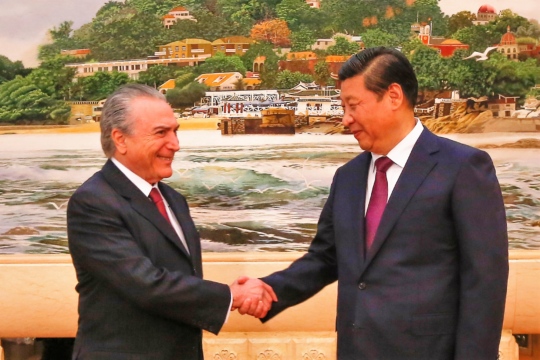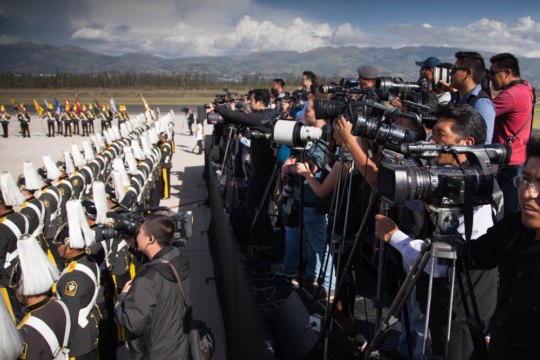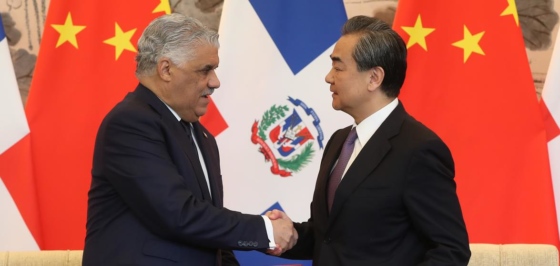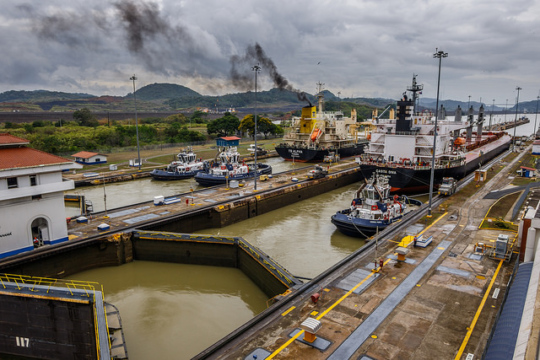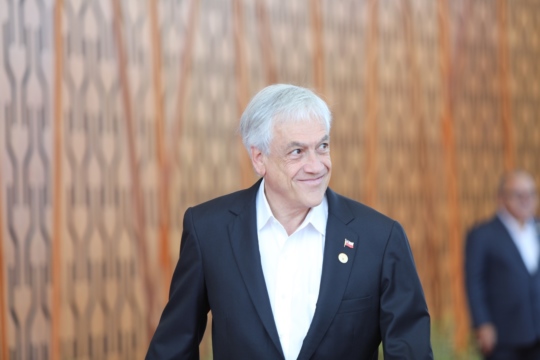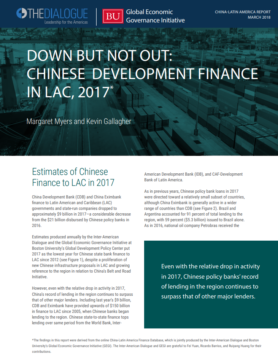
Chinese Finance to Latin America and the Caribbean in 2017
China’s record of lending in LAC continues to surpass that of other banks, even though policy banks issued only $9 billion to the region in 2017.
China’s record of lending in LAC continues to surpass that of other banks, even though policy banks issued only $9 billion to the region in 2017.
Chinese investment and lending in the region declined last year, in part reflecting skittishness over the deteriorating situation in Venezuela. Despite the drop, Chinese state-to-state finance continues to outstrip the World Bank, IDB and CAF.
La fuerte disminución en el 2017 se debe a que los bancos estatales chinos se abstuvieron de hacer préstamos a Venezuela, de lejos el mayor receptor de financiamiento del gigante asiático en la región desde el 2005.
China is increasingly relying on public diplomacy to support its economic engagement in the region. The country’s state media already plays a significant part in promoting a productive relationship with Latin America.
Since 2010, a series of Chinese government policies has supported the development of increasingly high quality Latin American and other area studies centers across the country, primarily in an effort to inform China’s foreign policy-making.
China takes another one of Taiwan’s diplomatic allies in Latin America, the Dominican Republic.
Teacher quality is one of the variables that most influences educational outcomes. Shanghai, one of the best-performing education systems in the world, has a complex teacher policy framework that emphasizes high entry standards and continuous improvement. What lessons can Shanghai’s teacher policies offer Central America?
Joining the Belt and Road is an easy sell for Latin America because the Initiative promises much and demands little, writes Ricardo Barrios.
Panama and China began negotiations for a free trade agreement on July 9. What benefits would a deal bring?
China’s push to foster area studies development within the nation’s top educational institutions aims to better understand Latin America and the world.
Chinese-built infrastructure can indeed be a boon for Latin America, but making this happen will require no shortage of strategic thinking on the part of policymakers.
Latin American governments are increasingly looking to China to address the region’s glaring infrastructure deficit. However, if history is any indication, China’s commitment to Latin American infrastructure development is unlikely to result in a slew of mega-projects in the coming years.
El Salvador on Aug. 21 became the latest country to break diplomatic relations with Taiwan in favor of establishing them with China. The move left Taiwan with just 17 nations that recognize its government, nine of which are in Latin America and the Caribbean. Why did El Salvador’s government make…
China this month agreed to extend $5 billion in credit to Venezuela as the South American country faces severe economic problems including hyperinflation and dire shortages of food, medicines and basic goods. Finance Minister Simón Zerpa announced the credit line as President Nicolás Maduro was departing for China to seek…
How did ongoing global trade tensions change the agenda at the 2018 APEC Summit?

